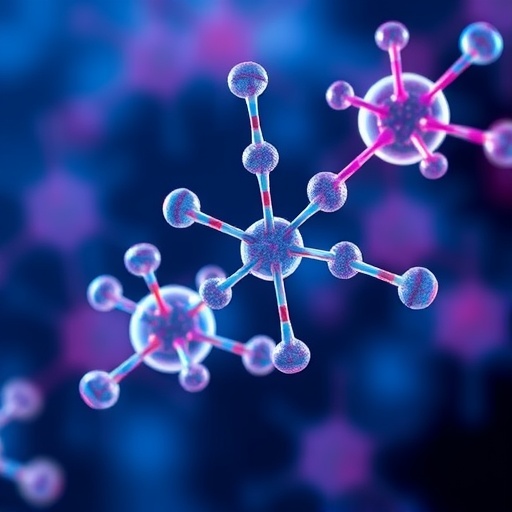The vertebrate eye is a remarkable evolutionary invention, displaying an incredible repertoire, from a soaring falcon's keen distance vision to the special night and near UV vision of nocturnal primates like the exotic aye-aye.
This extraordinary diversity arose during evolution from just 5 ancestral opsin proteins (photosensitive pigments found in the retina that initiate vision), whose functions were mixed and matched, either lost or duplicated over eons, to display the wide repertoire in the ability to see in colors in today's animals.
Now, University of California zoologist Christopher Emerling has traced back 200 million years of eye evolution in turtles and crocodiles and contributed to a new understanding of color vision. It turns out that some turtles have reduced their color vision during their adaptation to fresh water and crocodiles have adapted color vision for their nocturnal habits.
In addition, he has uncovered the genetic clues shown that the evolutionary timing of the loss of the parietal eye (via loss of parietopsin and parapinopsin genes) in turtles and crocodiles (and birds) matches the fossil record, or heat sensitive 'third eye' organ found in lizards, as well as other special adaptations.
The research findings from Emerling's new comparative study of 20 light sensitive genes from 4 turtle and 4 crocodile species appear in the advanced online edition of Molecular Biology and Evolution.
"The most recent ancestor of modern turtles was likely adapted to a freshwater habitat, which would have constrained color vision in these species. Shorter wavelengths, such as violets and blues, tend not to transmit particularly well in rivers and lakes, meaning they would be less available for the eyes of turtles swimming in freshwater," said Emerling. "Crocodylian eyes show anatomical modifications suggestive of a long period of nocturnal adaptation, which likely had an effect on their color vision as well. Being active at night generally limits the ability to perceive colors, since the cells responsible for color vision (cones) usually don't turn on except under well-lit conditions."
Consistent with these expectations, Emerling found evidence that turtle color vision has adapted to living in freshwater, with losses and functional modifications of the short wavelength sensitive visual opsins, whereas crocodylians show genomic evidence of adaptations to dim light, with their ancestor losing two of its four color vision channels.
"This means that modern crocodylians generally have diminished color vision, similar to red-green colorblindness in humans," said Emerling. "However, a combination of genomic data and direct measurements of crocodylian cones suggests that crocodiles reinvented a color channel that they previously lost. They appear to have repurposed an opsin normally used in dim-light colorblind cells (rods), and turned it on in cones. Beyond losing visual opsins, I discovered that crocodylians lost a number of non-visual opsins that have light-dependent functions throughout the body, as well as enzymes that produce a sunscreen that protects against ultraviolet radiation, further evidence of dim-light adaptation. I found that two of these opsins, parietopsin and parapinopsin, are present in the genomes of crocodylians, turtles and birds as nonfunctional remnants. These proteins are found in the "third (parietal) eye" of lizards, and provides genomic corroboration of the loss of this sensory organ documented in the fossil records of these animals."
Emerling's results demonstrate the power of comparative genomics to reveal a new pathway of 'reinventing' vertebrate color vision, and despite existing 200 million years ago since the Jurassic period, how crocodiles and turtles first split from the reptilian snakes and lizards through the loss of the light and dark sensing parietal eye.
###
Media Contact
Joseph Caspermeyer
[email protected]
480-258-8972
@OfficialSMBE
http://mbe.oxfordjournals.org/
############
Story Source: Materials provided by Scienmag





